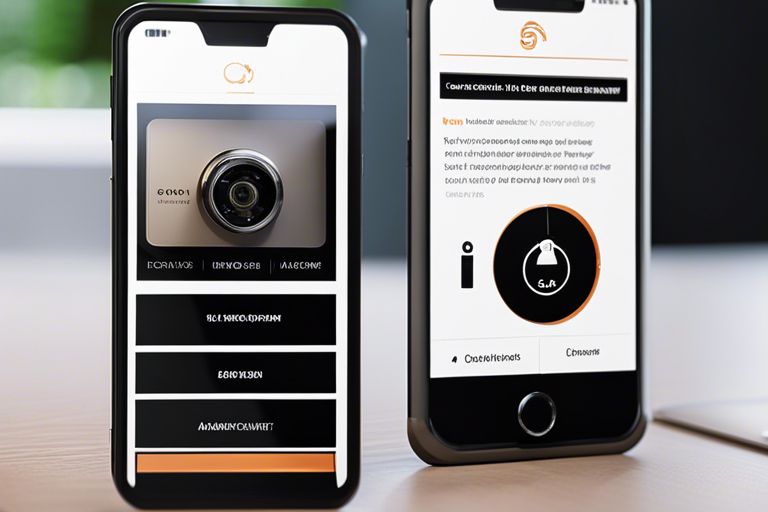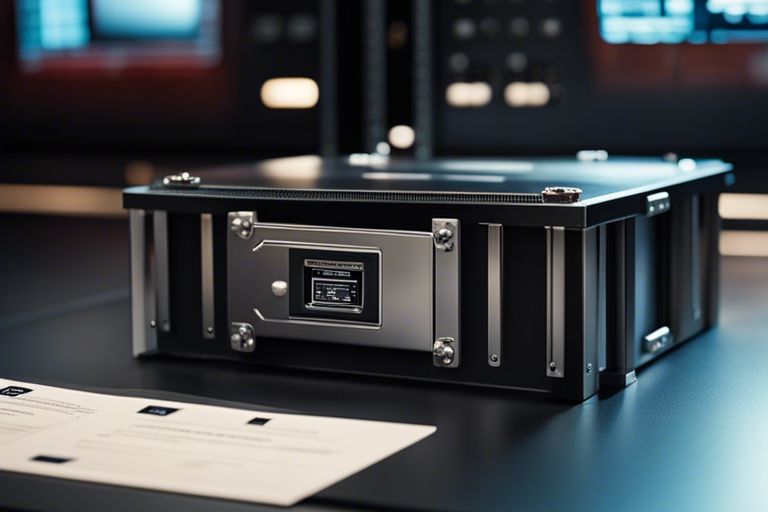Incident response in today’s digital world is crucial for organisations to protect their sensitive data and infrastructure. In this blog post, we will explore the vital role of Artificial Intelligence (AI) in incident response strategies. Leveraging AI can greatly enhance an organisation’s ability to detect, respond to, and mitigate cyber threats effectively. AI can analyse vast amounts of data in real-time, enabling faster threat detection and response times. Additionally, AI-powered tools can automate routine tasks, freeing up security teams to focus on more complex issues. Understanding how to effectively integrate AI into your incident response plan is imperative in staying ahead of sophisticated cyber threats.
Key Takeaways:
- AI can enhance incident response: Utilising AI can help improve the speed, accuracy, and efficiency of incident response processes.
- Automated threat detection: AI can be used to automate threat detection, allowing security teams to identify and respond to incidents more quickly.
- Enhanced decision-making: AI algorithms can process vast amounts of data to provide insights that can assist in making better decisions during incident response.
- Continuous monitoring: AI-powered tools can provide continuous monitoring of systems and networks, helping to detect and respond to threats in real-time.
- Skills development: Incorporating AI into incident response can also help in upskilling security teams by providing them with new tools and techniques to combat evolving cybersecurity threats.
Preparing for AI Integration
Key Factors to Consider Before Implementation
Before integrating AI into your incident response processes, it is crucial to consider a few key factors. Firstly, assess the specific needs of your organisation and how AI can address them. Secondly, evaluate the quality of your data as AI algorithms heavily rely on accurate and relevant data. Lastly, ensure that your team is trained to work with AI technologies effectively. Any oversight in these factors can lead to ineffective implementation and security risks.
Building the Right Team for AI Deployment
Building the right team for deploying AI technologies is crucial for successful integration. This team should consist of data scientists, cybersecurity experts, and IT professionals who are experienced in working with AI systems. Additionally, having strong communication skills and a deep understanding of your organisation’s incident response processes is vital for the team. Any gaps in the team’s skillset can hinder the effectiveness of AI deployment.
How to Use AI for Proactive Threat Detection
Utilizing AI to Analyze Patterns and Anomalies
AI technologies can be utilised to analyse vast amounts of data in real-time, allowing organisations to detect patterns and anomalies that may indicate a potential security threat. By employing machine learning algorithms, AI can automatically identify unusual behaviour or deviations from normal patterns, enabling proactive threat detection before an incident occurs.
Setting Up Real-Time Threat Intelligence Feeds
One crucial aspect of using AI for proactive threat detection is setting up real-time threat intelligence feeds. These feeds provide up-to-date information on the latest security threats, vulnerabilities, and indicators of compromise. By integrating AI systems with real-time threat intelligence feeds, organisations can quickly identify and respond to emerging threats, enhancing their overall cybersecurity posture.
AI in the Heat of the Incident
Automated Incident Identification and Prioritization
During a security incident, time is of the essence. This is where AI can play a crucial role in automatically identifying and prioritising potential threats. By analysing vast amounts of data in real-time, AI algorithms can swiftly detect anomalies and raise alerts for further investigation, helping security teams focus their efforts on the most critical issues first.
Tips for Effective AI-Assisted Incident Triage
When leveraging AI for incident triage, there are key tips to enhance its effectiveness. Firstly, ensure that the AI system is properly trained with relevant data to accurately classify and prioritise incidents. Secondly, establish clear workflows and guidelines for responding to alerts generated by the AI tool. Lastly, regularly review and update the AI model to adapt to evolving threats and improve its performance over time. Recognizing the importance of human oversight in the triage process is vital to avoid blindly trusting AI-generated insights.
Post-Incident Analysis and AI’s Role
Leveraging AI for In-Depth Forensics and Root Cause Analysis
AI plays a crucial role in post-incident analysis by enabling organisations to conduct in-depth forensics and root cause analysis swiftly and accurately. By analysing vast amounts of data in real-time, AI can help identify the chain of events that led to the incident, pinpoint vulnerabilities, and provide valuable insights for strengthening security measures. This proactive approach not only streamlines the investigation process but also helps organisations to mitigate similar incidents in the future.
Using Machine Learning to Prevent Future Incidents
Machine learning algorithms can be utilised to predict and prevent future incidents based on historical data and patterns. By leveraging AI-driven predictive analytics, organisations can anticipate potential threats, vulnerabilities, or anomalies and take proactive measures to enhance their security posture. These algorithms continuously learn from new data and adapt to evolving threats, making them an invaluable tool in fortifying defences and staying ahead of cyber adversaries.
Scaling AI in Your Incident Response Strategy
Ways to Expand AI Capability As Your Organization Evolves
As your organisation evolves, it is crucial to continually expand the capability of AI in your incident response strategy. One way to achieve this is by investing in regular updates and upgrades to your AI system. This will ensure that it stays relevant and effective in dealing with increasingly complex threats. Additionally, consider integrating new AI tools and technologies as they become available to further enhance your incident response capabilities.
Ensuring Continuous Improvement: AI in Training and Simulations
Continuous improvement is key in leveraging AI for training and simulations within your incident response strategy. By using AI algorithms to simulate various cyberattack scenarios, your team can proactively train and prepare for real-life incidents. This hands-on experience allows for better decision-making under pressure and fosters a culture of continuous learning and improvement within your organisation.
Training and simulations also help in identifying any gaps or weaknesses in your current incident response plan, allowing you to strengthen your defences and response strategies before an actual cyber incident occurs.
Conclusion: How to Use AI in Incident Response
Therefore, utilising AI in incident response can significantly enhance an organisation’s ability to detect and respond to security threats efficiently. By leveraging machine learning algorithms, AI can analyse large volumes of data to identify patterns and anomalies, enabling proactive threat detection and rapid incident response. Incorporating AI-powered tools such as security analytics platforms and automated response systems can augment human capabilities, improving the overall security posture of an organisation. It is necessary for businesses to embrace this technology as a force multiplier in their incident response strategies to stay ahead of sophisticated cyber threats and safeguard sensitive data effectively.
FAQ
Q: What is AI in Incident Response?
A: AI in Incident Response refers to the use of Artificial Intelligence technologies to enhance and automate the process of identifying, responding to, and mitigating security incidents.
Q: How can AI be utilised in Incident Response?
A: AI can be used in Incident Response through capabilities such as threat detection, automated alerting, behavioural analysis, and machine learning algorithms to identify patterns and anomalies in data.
Q: What are the benefits of using AI in Incident Response?
A: The benefits of using AI in Incident Response include faster response times, improved accuracy in threat detection, reduced manual workloads for security analysts, and the ability to handle large volumes of data efficiently.
Q: What are the challenges of implementing AI in Incident Response?
A: Challenges of implementing AI in Incident Response include the need for quality data for training models, ensuring the algorithms are transparent and ethical, integrating AI tools with existing security systems, and addressing the skills gap in AI expertise.
Q: How can organisations prepare to incorporate AI into their Incident Response strategy?
A: Organisations can prepare to incorporate AI into their Incident Response strategy by assessing their current security needs, identifying where AI can add value, partnering with AI vendors, providing training to staff, and continuously evaluating and refining their AI-driven strategies.






